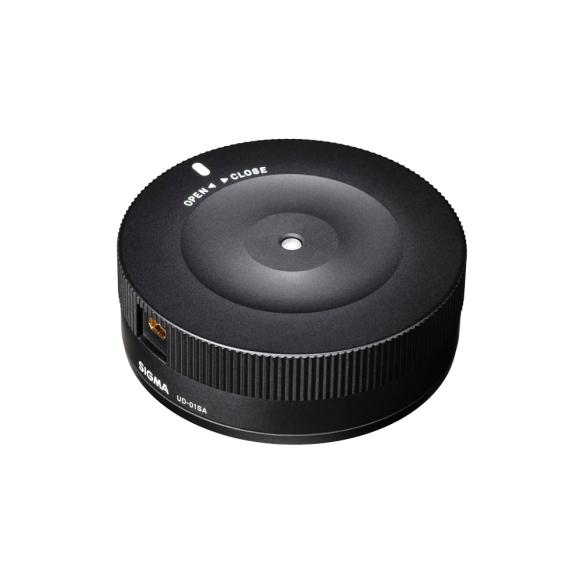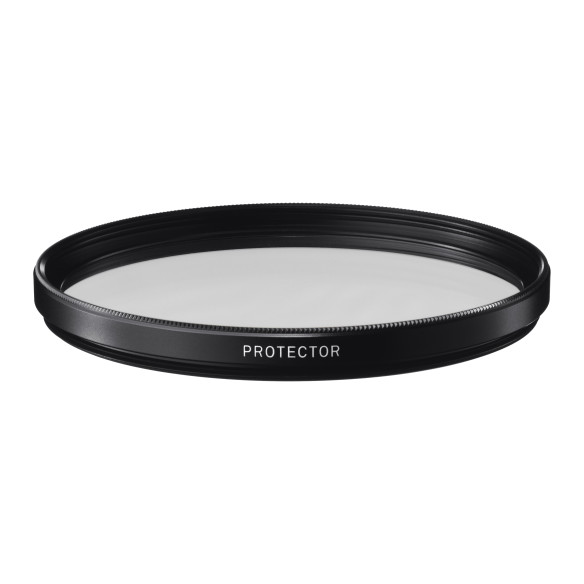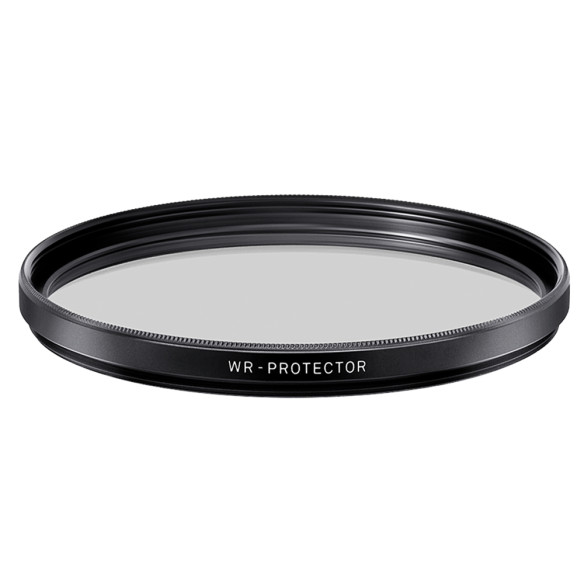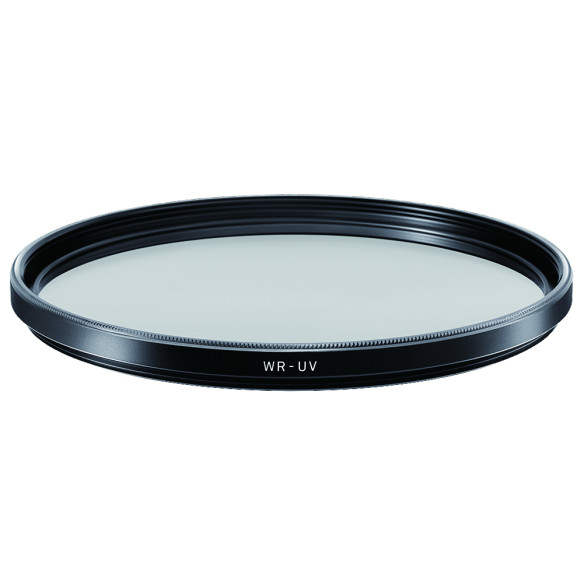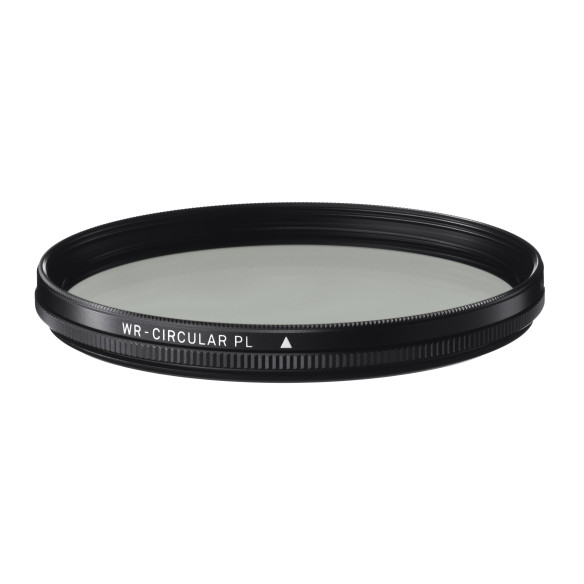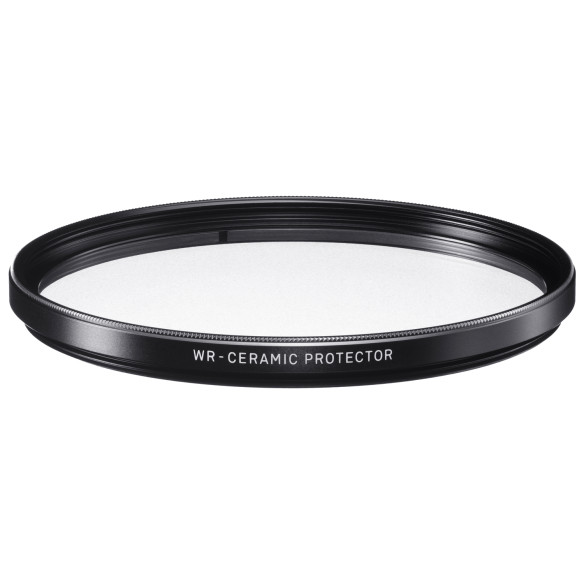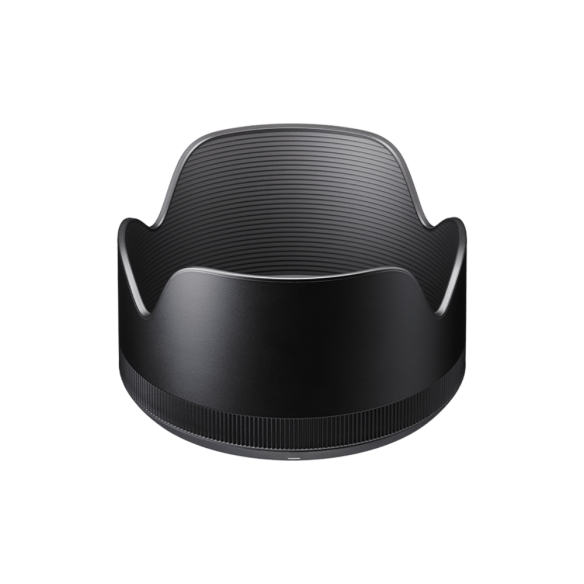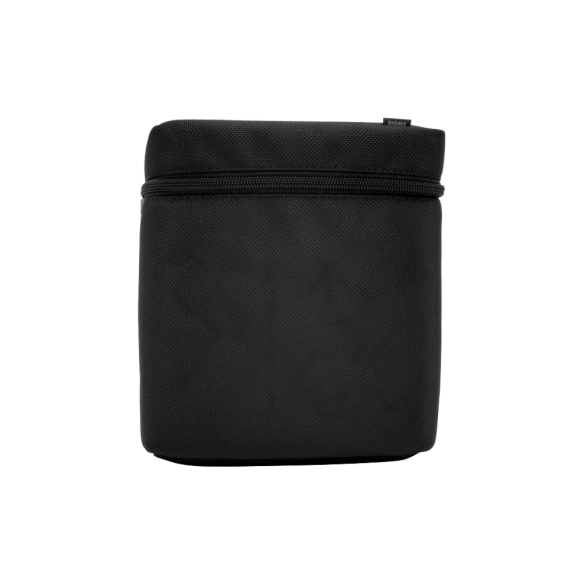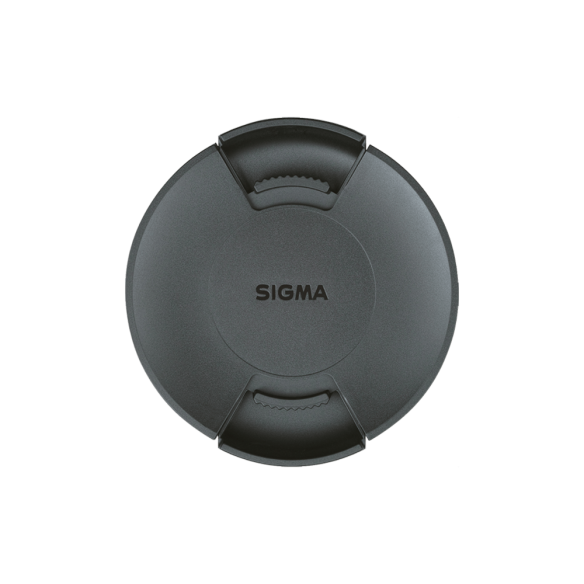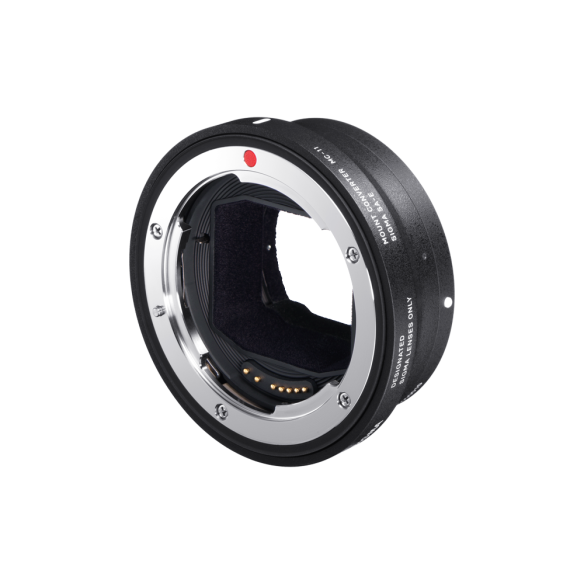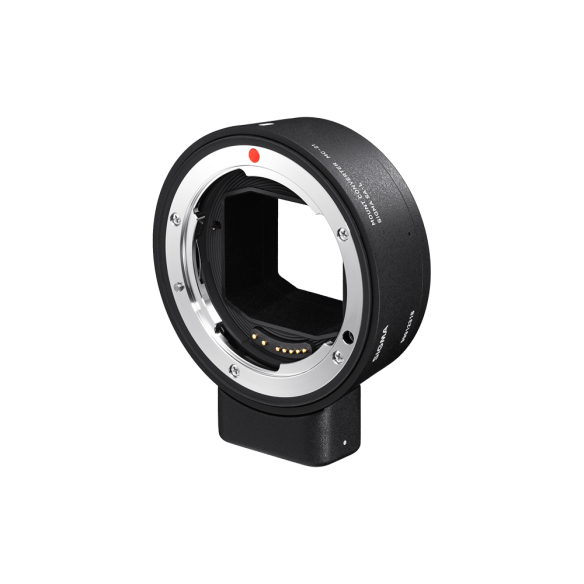ART50mm F1.4 DG HSM
- Standard lens that delivers top performance
- Angle of view similar to human vision
- High resolution plus outstanding bokeh
- Minimized optical aberrations
- Exceptional peripheral brightness
- Minimized distortion all the way to the edges
- Hyper Sonic Motor (HSM) for silent, fast autofocus
- Minimum focusing distance of just 40cm / 15.7 in.
- Super Multi-Layer Coating reduces flare and ghosting
- Rounded 9-blade diaphragm

AWARDS
- Hot One Awards: 50mm F1.4 Art 2014
- PC Mag: 50mm F1.4 | Art 2014
- Pop Award: 50mm F1.4 Art 2014
- American Photo: 50mm F1.4 Art 2014
- Imaging Resource: 50mm Art 2014
- DPReview: 50mm F1.4 2014
- EISA: 50mm F1.4 2014-2015
LENS CONSTRUCTION


- SLD glass
- Aspherical lens
MTF CHART
The MTF (Modulation Transfer Function) is one of the measurements for evaluating a lens' performance, and it shows how faithfully the contrast of the subject can be reproduced on the image plane. The horizontal axis shows the image height (distance from the center of the image in mm) and the vertical axis shows the contrast value (maximum value is 1).
The closer the 10 line pairs/mm curve is to 1, the higher the contrast and clarity of the lens is, and similarly, the closer the 30 line pairs/mm curve is to 1, the better the resolution and sharpness of the lens is.
*The MTF chart depicts the result at the wide-open aperture.
*For mirrorless lenses that support distortion correction, the horizontal axis shows the image height equivalent to when an L-Mount lens is attached to a Sigma L-Mount camera with distortion correction applied. (The effect of distortion correction may differ depending on the mount and camera used.)
*The spatial frequency indicates the variation on the image plane before distortion correction is performed.
Spatial Frequency
S: Sagittal Line
M: Meridional Line
10lp/mm




30lp/mm




DIFFRACTION MTF


GEOMETRICAL MTF


Hyper Sonic Motor (HSM)
The Hyper Sonic Motor (HSM) uses ultrasonic waves to drive the autofocus mechanism. It features extremely quiet operation, high torque, and excellent focusing speed.
Exclusive low-dispersion glass
Careful arrangement of exclusive low-dispersion glass elements gives SIGMA lenses superlative image rendition untarnished by residual chromatic aberration.
Other
- Rounded diaphragm
- High-precision, durable brass bayonet mount
- Designed to minimize flare and ghosting









